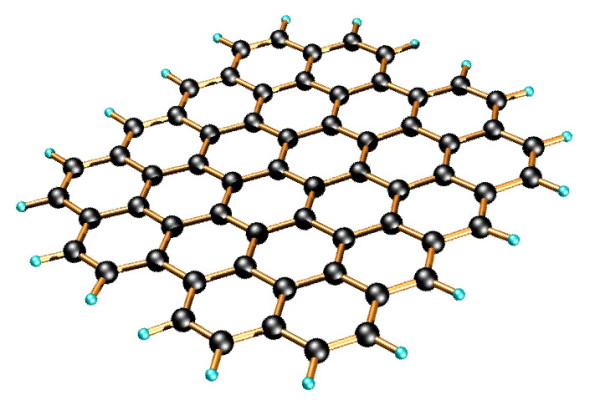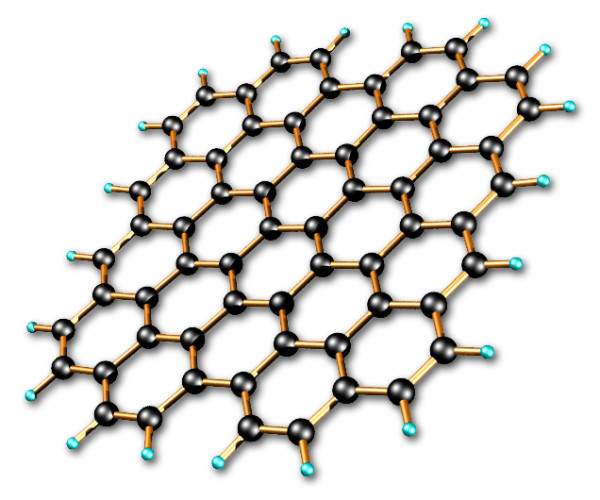Although Graphene is the wonder material of future generation’s computers, it is no longer the world’s strongest material. But researchers have revealed that artificial Graphene performs better than real Graphene.
Until now, researchers knew that a sheet of carbon atoms, known as Graphene, was super strong, but they hadn’t test just how strong. Graphene is so thin and so lightweight, it could be scaled up and embedded in human-sized bullet-proof vests worn by law enforcement or military personnel. However lately, a team of researchers working at Rice University in the U.S. has demonstrated that Graphene is better able to withstand the impact of a bullet than either steel or Kevlar (Kevler is the material which is currently used in bullet-proof vests).
In their paper published in the journal Science Magazine, the team describes how they set up a miniature firing range in their laboratory and used it to test the strength of Graphene sheets. Their firing range consisted of using a laser to vaporize gold filaments to serve as the gunpowder. The explosion pushed micron-sized glass bullets at Graphene targets—10 to 100 sheets placed together to form a mat—at speeds up to 6,700 mph (approximately one-third of the speed of a real bullet fired from an M16 machine gun). Researchers used electron microscope to measure how well the Graphene sheets absorbed the impact. Here’s the video of the test.
The researchers found that the sheets were able to dissipate the energy of the bullet by stretching backwards. Tiny cracks also formed radially, using up more of the energy. After analyzing the results, the researchers found that the Graphene was able to perform twice as well as Kevlar. To be more specific, Graphene was able to absorb approximately 0.92MJ/kg of projectile energy, while steel can typically absorb 0.08MJ/kg when both are being tested at similar speeds.
The researchers efforts show that Graphene could very well mean a better bullet-proof vest, if a way could be found to produce it in enough quantity and at a low enough price. We surely hope that researchers will find out a way.
Source: PhysOrg
[ttjad keyword=”ultrabook”]




